In his newsletter for September (“The Power of Common Ground”), Jeremy Gorr shares a great model of using common ground in a real conversation. You can use his letter to equip yourself with questions that will help you find common ground with others regarding abortion. He also discusses an approach to finding genuine common ground that avoids compromising one’s beliefs. In a footnote, Jeremy mentions JFA Director Steve Wagner’s book, Common Ground Without Compromise, which you can get for free at www.commongroundbook.com. That book features 25 questions you can use to begin a conversation with agreement instead of hostility.
Start a Conversation Using This T-Shirt Design
This month, we invite you to start a conversation with common ground by sharing the recent JFA Blog post, “Is Every Child a Work of Art?” The post refers to an Abort73.com shirt design. We think the optimism the shirt communicates about already-born human beings can help us find common ground with friends and neighbors to get a conversation about abortion started on the right foot. We don’t know for sure, but we think many people would respond, “Yes, I agree that every child is a work of art.” If human beings we can see are works of art, then, even if they are poor, disabled, or have some other characteristic people generally think of in a negative light, what should that teach us about human beings that may be too small to see? And if the unborn are also works of art, how should we treat them?
Start Conversations with this New EHD Video!
Share this new EHD video (our featured resource for July 2019) with a friend.
One helpful thing about EHD is that it’s aimed at better education for pregnant moms. This is a priority that has broad support among most people. You don’t even have to bring up abortion in order to tell a friend that you think this video is worth checking out! We suggest sharing it and asking your friend, “What was most interesting to you in this video?” You can also move the conversation directly to the topic of abortion by asking, “With all of the references to abortion today in the news, how do you think it would change the discussion if people watched this video and kept it in mind?” Or, you might ask, “How does this video affect your view of abortion, if at all?”
Is Every Child a Work of Art?
We really like this shirt design. Here are a few questions it brings to our minds.
What do you think?
Do you think every human being is a work of art?
Can optimism like this provide some common ground which can help with the discussion of solutions for unintended pregnancy?
If you think every human being is a work of art, how does that inform your position on when human rights begin?
Do these questions affect your position on abortion?
Is it helpful to use / allude to artwork in order to create dialogue about abortion, or does it seem manipulative to you?
About the T-Shirt that Inspired this Post:
The picture above is a t-shirt design made available through Abort73, and created by artist Tori Higa. The drawing of a little girl alludes to Frida Kahlo, an unexpected source of inspiration for a pro-life message like the one written directly underneath it. Michael Spielman, the founder and director of Abort73.com explains:
In referencing Kahlo's likeness on behalf of a politically incorrect cause, my hope is to continue her legacy of challenging perceptions and turning stereotypes on their head. You may look at our new design and see nothing but a cute little girl; I see an opportunity for dialogue and introspection—with a cautiously optimistic nod to the future.
To read more about the purpose and origin of the design, see Michael Spielman's article, "Frida Kahlo and the Art of Abortion."
Justice For All was inspired by a similar concept when creating "The Art of Life", an open air exhibit which made its first appearances at Colorado State University (CSU) and the University of California, Los Angeles (UCLA) in 2016. (See images below, or read about all the panels by clicking here.) Responses to JFA's new exhibit have spanned a wide range, from support and excitement to disgust and anger.
What do you think (Part 2)?
Is it helpful to use / allude to famous artwork in order to create dialogue about abortion, or does it seem manipulative to you?
What other works of art have influenced you when thinking about the meaning and value of life?
If human beings are a work of art, do you think that means there is an “artist”?
The Power of Common Ground
By Jeremy Gorr, JFA Trainng Specialist
August/September 2019
One of the most important things we teach people is to find common ground when possible—and it is almost always possible! A great example of the power of finding common ground was a conversation I had with Taylor at the University of North Texas.
Taylor was writing on our free speech board (shown in picture). From what he wrote, it may be hard to imagine that I would have had much common ground with him. It seemed like we had totally different worldviews.
It turned out, however, that finding common ground with him was easy! Our conversation started like this:
Jeremy: Do you think there should be any restrictions on abortion at all?
Taylor: I don’t think it should be used as a form of birth control, but that’s about it.
Jeremy: I don’t think that abortion should be used as a form of birth control either. I agree with you about that! Why do you think abortion should be available for other reasons?
Taylor: If the child is not going to have the quality of life he or she should, it should be up to the parent to figure out what’s best for the child.
Jeremy: I agree that it’s tragic when children don’t have a high quality of life. I also agree that parents generally should have freedom regarding how to raise their children.
Notice how I first found something I could agree with after each statement he made. But also notice that I did not agree with everything he said. Even though I agreed with many of his sentiments, I made sure never to agree with him that abortion should be allowed in the circumstances he raised.
We call this finding “common ground without compromise.” We can find much to agree with and never compromise our position to do so. Finding common ground early in the conversation really opened the door to a thoughtful conversation with Taylor. If I had not shown him that we had so much common ground, he might have assumed I was a “Nazi” (see picture above) and not had much to say to me, much less have wanted to listen to me. Using common ground, I was able to establish that I was an empathetic, caring person just like he was.
It was truly amazing to see how these initial points of common ground opened the door to his coming around to agreeing with me on more substantial matters:
Jeremy: Imagine if there were a two-year-old child that had many of the same problems that you believe create a need for abortion, such as a low quality of life. Could we kill the two-year-old?
Taylor: No. Ideally he could be adopted or something, but you can’t kill him. By that time he’s a human being.
Jeremy: I agree. And if the unborn is also already a human, like that two-year-old, can you see how it would be equally wrong to kill her?
Taylor: I understand your argument that she’s a human and it’s not right to kill her. However, I think if you think about what’s best for her life, it would be better if she didn’t exist at all.
Jeremy: I can understand how you feel it might be better if some children didn’t exist at all. However, the question with abortion is very different. Abortion doesn’t prevent a child from coming into existence; it kills a child that already exists.
Taylor: I agree with that. That makes it much more complicated.
Taylor and I had a 20-minute conversation about the humanity of the unborn, human rights, and the immorality of abortion. He agreed with most of my arguments. As we talked it became clear that he was the type of person who would not change his mind on the spot, but definitely will reflect on the new information he learned. There may be many people that you feel have extremely different worldviews and with whom it is difficult to connect. Common ground “without compromise”* is the key to building a genuine connection and reasoning together on the issue of abortion.
* The book Common Ground Without Compromise, written by JFA Executive Director Steve Wagner, is available for free at www.commongroundbook.com.
$5 Stethoscopes for "The Baby's Heart Beats Like Mine"
We just updated JFA’s elementary lesson plan, ”The Baby’s Heart Beats Like Mine” with a stethoscope model on which we have gotten good reviews from kids who have tested it for use with the lesson plan:
JFA recommends this kid-tested and kid-approved stethoscope: “Ever Ready First Aid Dual Head Stethoscope, Black” available for about $5 from Amazon. (Note: You can choose Justice For All, Inc. as your charity through www.smile.amazon.com to help JFA through your purchase.)”
Links in Recent Letter
Two links in our recent letter were just redirected to the correct pages. If you ended up at our 404 page, we apologize! The links work now:
July 2019 Impact Report (including List of Spring 2019 Events)
Smaller-Scale Events Help JFA Reach More Leaders
JFA has been known for using very large exhibits to train Christians to become leaders in their communities, creating dialogue that changes hearts and minds on abortion. While we are still willing to use any of our three large exhibits when training large groups, we now also have many small-scale signs in our tool kit that allow us to divide into smaller teams and visit more regions and campuses, and sometimes we even have events happening in different cities on the same day. (See our “JFA Events at a Glance: Spring 2019” list for a complete list of events.) In this Impact Report, we show just a sampling of some of these smaller-scale events and the leaders they allowed us to train and encourage. Some of our volunteers even joined us multiple times in one semester!
Use this Video for our Elementary Lesson Plan
For the first time that I’m aware of, EHD has recently made a 6-minute version of their rare embryoscopy footage available for download. And, it’s free.
We’re excited about this because it’s a beautiful window on the womb, but it also will fill very nicely the video component of our lesson plan, “The Baby’s Heart Beats Like Mine.” Note, the video is also available in multiple languages!
Share Lesson Plan Ideas and Feedback: "The Baby's Heart Beats Like Mine"
Use the comments section of this post to share your ideas and feedback about JFA’s elementary lesson plan, “The Baby’s Heart Beats Like Mine.”
Access, Download, Share, and Use the Lesson Plan here: www.jfaweb.org/heart-beats-like-mine
See the latest updates to the lesson by accessing our “Heart Beats Like Mine” blog tag and scrolling through the latest posts.
12 Minutes on Bodily Rights
Five years ago, JFA released a working paper to respond to the strongest versions of bodily rights arguments for abortion. Equal Rights Institute (ERI) recently released a video featuring one of the contributors to that paper, Timothy Brahm (former staff member of both JFA and ERI), in which he takes a different approach than our paper, one that we think is an even more helpful response to bodily rights. It’s called, “Blood Donation and Bodily Rights Arguments.” Some of our staff think it’s even better than our paper. In 12 minutes, Tim deftly responds to the most common challenges and gives you a framework that you can apply to the most common and most difficult bodily rights arguments. (Indeed, he also shares some reasons why our original paper may not be the most persuasive — helpful critique that we welcome!) JFA’s “It’s Her Body” series last year set the appropriate context for any discussion of bodily rights. Pairing ERI’s video with “It’s Her Body”, will give you a great primer on bodily rights, as well as a great conversation starter.
A Four-Year-Old Helps Save a Life
Impact Report, June 2019
In this Impact Report, we share a story that’s been passed down from the early days of Justice For All. The lead character is a four-year-old we’ll call “Rachel” (name changed for privacy). If Rachel was able to help save an unborn child’s life, can’t we do the same?
In the story, Rachel makes use of video footage captured using a technique called embryoscopy. At the time when the story took place, embryoscopy footage was rare and rarely seen. But now the Endowment for Human Development (EHD) has made embryoscopy footage free and readily available through a stunning website, EHD’s amazing apps, and through a new short film (see video below).
JFA recently released a K-4 lesson plan for free on the web (sign-up for updates required). The lesson plan features the video footage from EHD with the hope that we can enable thousands of churches, schools, and families to teach their children (and adults!) to do what Rachel did so naturally: speak up for those who can’t speak for themselves. - Steve Wagner, Executive Director
When “Rachel” went to preschool, she just had to tell her teacher what she had seen.
Rachel had recently climbed into her daddy’s lap as he was preparing the next day’s lesson for his ninth grade biology class. Together, they watched rare footage of very young unborn children, captured using a technique called embryoscopy. Unlike the sonography of the time, these video images were crystal clear. They watched the heart beating through the semi-transparent skin of the embryo. They saw the young fetus move her hands and legs. They watched unborn children open and close their mouths. Rachel was electrified.
As JFA’s founder, David Lee, paraphrased the story years later, here’s what happened next:
Soon after seeing the video with her father, Rachel told her preschool teacher that she had seen babies in their mother’s tummies. She described them in detail. Of course, her preschool teacher knew that wasn’t possible and gently scolded Rachel: “While that is a fun story, it is not really a good thing to make up stories.”
When Rachel’s mother came to pick her up, the teacher felt it necessary to inform Rachel’s mother that she had scolded Rachel for not being entirely truthful. Rachel’s mother replied, “On the contrary, she did see that, sitting in her father’s lap, because he was going to be showing it to his biology class.”
Of course the preschool teacher felt awful. But what might have been the end of a slightly embarrassing story was only the beginning. Not long after, the teacher was entering her apartment, unlocking the door, when she was tapped on the shoulder by her neighbor in the apartment building who was holding a pregnancy test. The neighbor said, “Can you help me read this? I’ve never done this before.”
The teacher was a little embarrassed by the situation, but as a Christian, she decided she must help. She welcomed the young woman into her apartment. Together, they read the test. Her neighbor was pregnant.
The neighbor could only say, “Would you help me go to get an abortion?”
The preschool teacher was shocked and said, “I could never help you do that. I couldn’t help you kill your baby.”
Then it was time for the neighbor to be shocked as she said, “What do you mean, a baby? I’m just four or five weeks pregnant. How could it be a baby?”
““What do you mean, a baby? I’m just four or five weeks pregnant. How could it be a baby?”
The light went on in the preschool teacher’s head: This young woman needed to see the very same footage that Rachel had been talking about at the preschool.
The teacher talked to Rachel’s mother and shared the story about the neighbor who was pregnant and intending to get an abortion. “May I borrow the video to show my neighbor?”
To make a long story short, she did show her neighbor and the boyfriend that video. And there’s a baby whose life was saved, in part because a four-year-old saw video of unborn children and shared it with her friends and her teacher.
If a four-year-old can learn about unborn children and speak up for them so naturally, we think elementary school students (and the rest of us) certainly can watch similar video footage and share what they’ve learned. We think we’ll see lives saved as a result. That’s why JFA has just released our first elementary school lesson plan for widespread use: “The Baby’s Heart Beats Like Mine.” Please click here to access it, download it, share it, and teach it!
Although the lesson can be fun for any age, it’s intended for use with students in kindergarten through fourth grade. As for older students, why not encourage them to help you teach the lesson to your younger students?
In this lesson, K-4 students identify with unborn babies through a series of experiences, including feeling their own heartbeats, seeing the unborn baby in the womb, naming similarities they share with unborn babies, making a bracelet that reminds them of when the heart begins to beat, and narrating what they learned to their parents. The goal is to help them value all human beings including the smallest ones and to get conversations about unborn babies started in churches, schools, and the broader culture.
This K-4 Lesson Plan is well-suited for one-to-many instruction in religious elementary schools, Sunday school environments, and homeschool co-ops, and it's also well-suited for use by parents and grandparents in teaching their kids and grandkids one-to-one.
Justice For All makes this copyrighted Lesson Plan available to anyone to use. To share it with anyone anywhere in the world, use the address www.jfaweb.org/heart-beats-like-mine. You’ll be directed to sign up as a "JFA Content Subscriber." That's free. It's just our way of making sure we can keep in contact with folks using the lesson plan. (Or, you can share this lesson plan summary and letter using the link www.jfaweb.org/june-2019.)
Pray with JFA (June) - Current Projects
Pray for More Advocates and More Conversations Through All of JFA’s Projects:
Here are a few of our projects and needs for which you can pray specifically this month:
Outreach Events: UCLA (May 20-22) & Wichita State University (June 26)
Upcoming Workshops in MI, KS, TX, & PA: Find more event information on JFA’s Calendar page.
New Staff: Kaitlyn Donihue and Susanna Buckley recently accepted positions to work for JFA (in Michigan and the Washington, D.C. region respectively). Pray that God would quickly bring in the monthly support they need. Go to our Donate Page if you would like to help.
JFA Trainers Raising Support: All of JFA’s trainers are working to raise additional support during the summer. Pray that we can successfully connect with many people.
25 Churches & 50 Families: We’ve recently released a lesson plan that can help you and your friends to teach K-4 students to identify with and love unborn children. Pray with us for 25 churches and 50 families to download and teach the lesson plan this summer. Pray they would give us feedback as we work to expand the reach of the lesson to thousands more soon. Click here for more information.
Kaitlyn Donihue (left) recently accepted a position to work for JFA in Michigan.
Susanna Buckley (middle) recently accepted a position to work for JFA in Washington D.C.
Teach Kids with Our New K-4 Lesson Plan
**Yes, this is the same resource we’ve been proud to highlight for the past two months! It’s that important!**
Whether you teach kids at home, in a church Sunday School, or in a traditional school environment, be one of the first to download and teach “The Baby’s Heart Beats Like Mine” lesson plan to students in kindergarten through fourth grade. Then give us feedback. During the lesson, K-4 students identify with unborn babies through a series of experiences, including feeling their own heartbeats, seeing the unborn baby in the womb, naming similarities they share with unborn babies, making a bracelet that reminds them of when the heart begins to beat, and narrating what they learned to their parents. (“Sign Up” to access this “Member Only” content. That’s free!)
Start Conversations with Our New K-4 Lesson Plan
**Yes, this is the same resource we’ve been proud to highlight for the past two months! It’s that important!**
JFA developed our new K-4 Lesson Plan (click here to read a brief description) partly to “drive interest” in discussions about unborn children within churches and other communities. Here’s how we envision that working: You download the lesson plan and teach any group of K-4 kids (or you can teach just one!). During the lesson, students practice sharing what they’ve learned with their parents, and then take home a bracelet and a “Student and Parent Handout” to facilitate those conversations about the unborn child. We anticipate this will not only create conversations among parents and students but also among parents and teachers and others in the community! Help us test this idea to see if it will work.
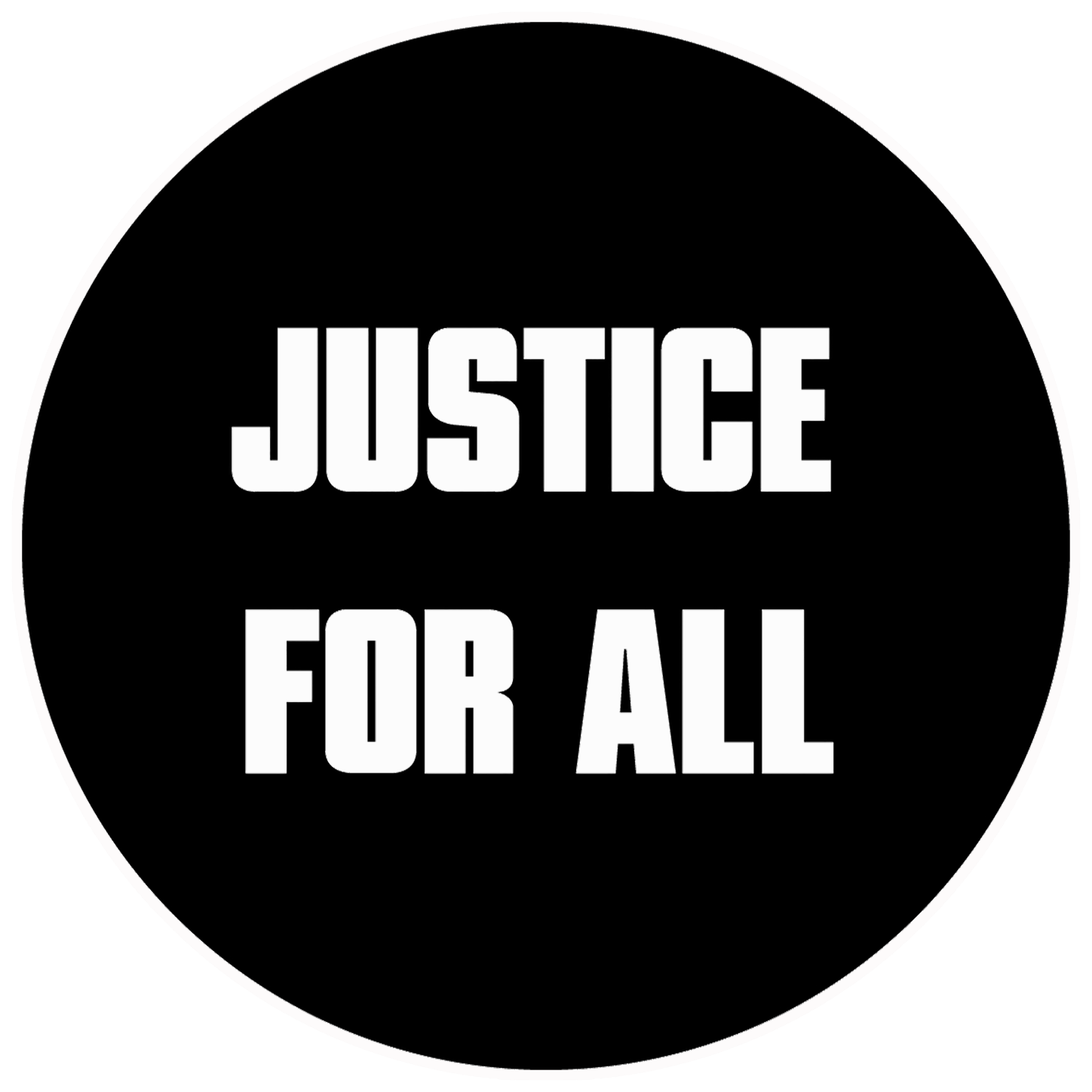

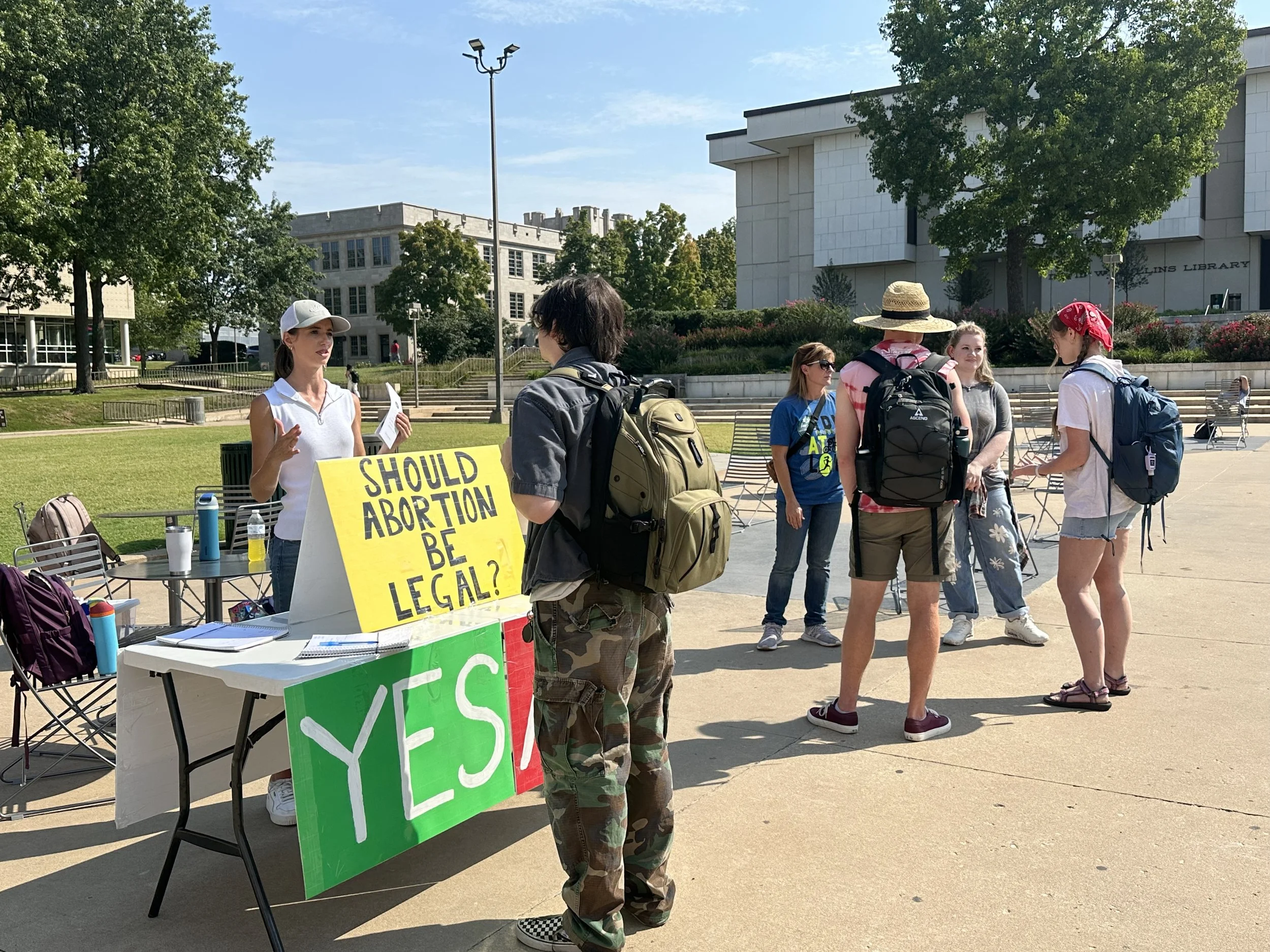
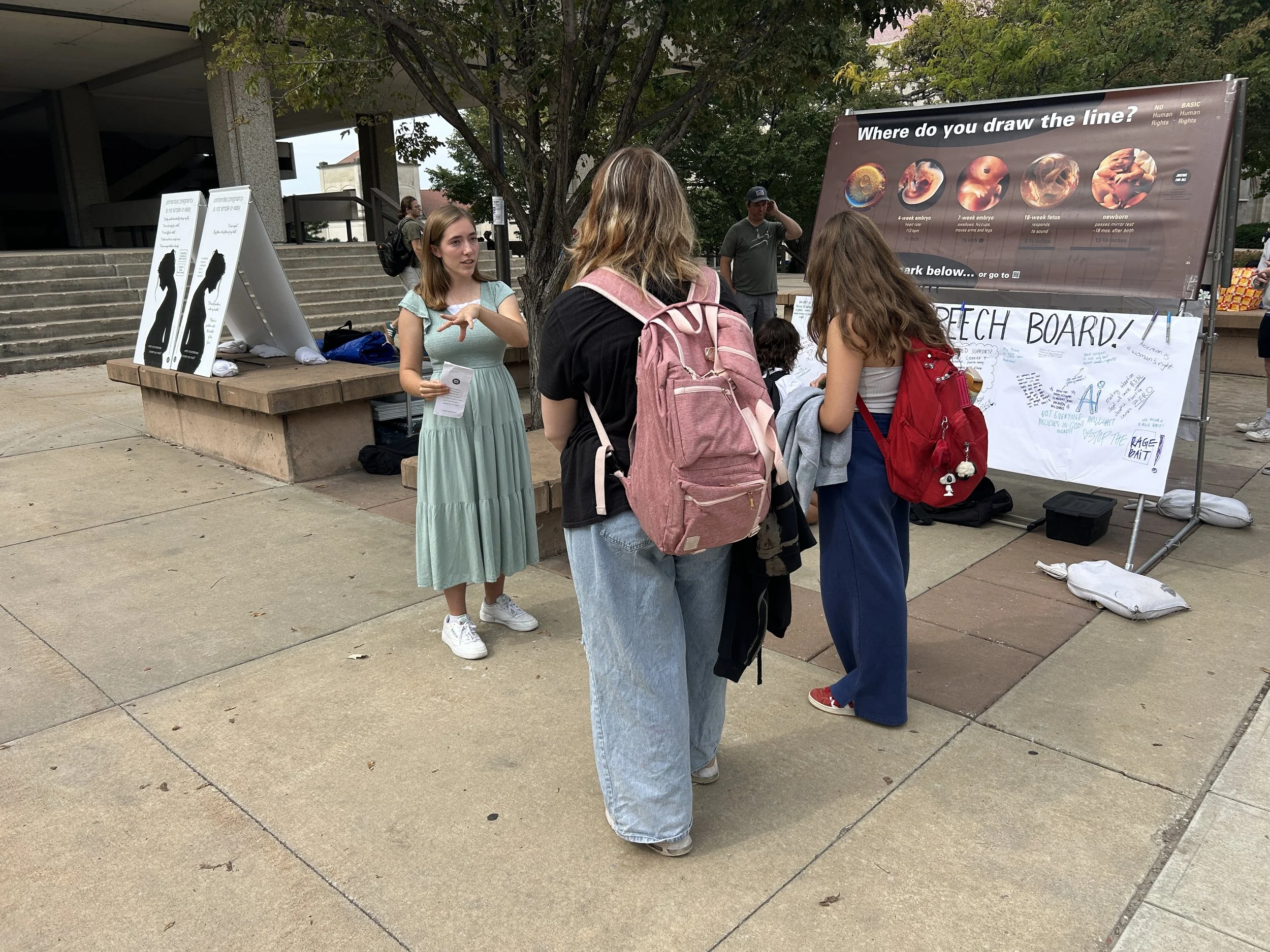
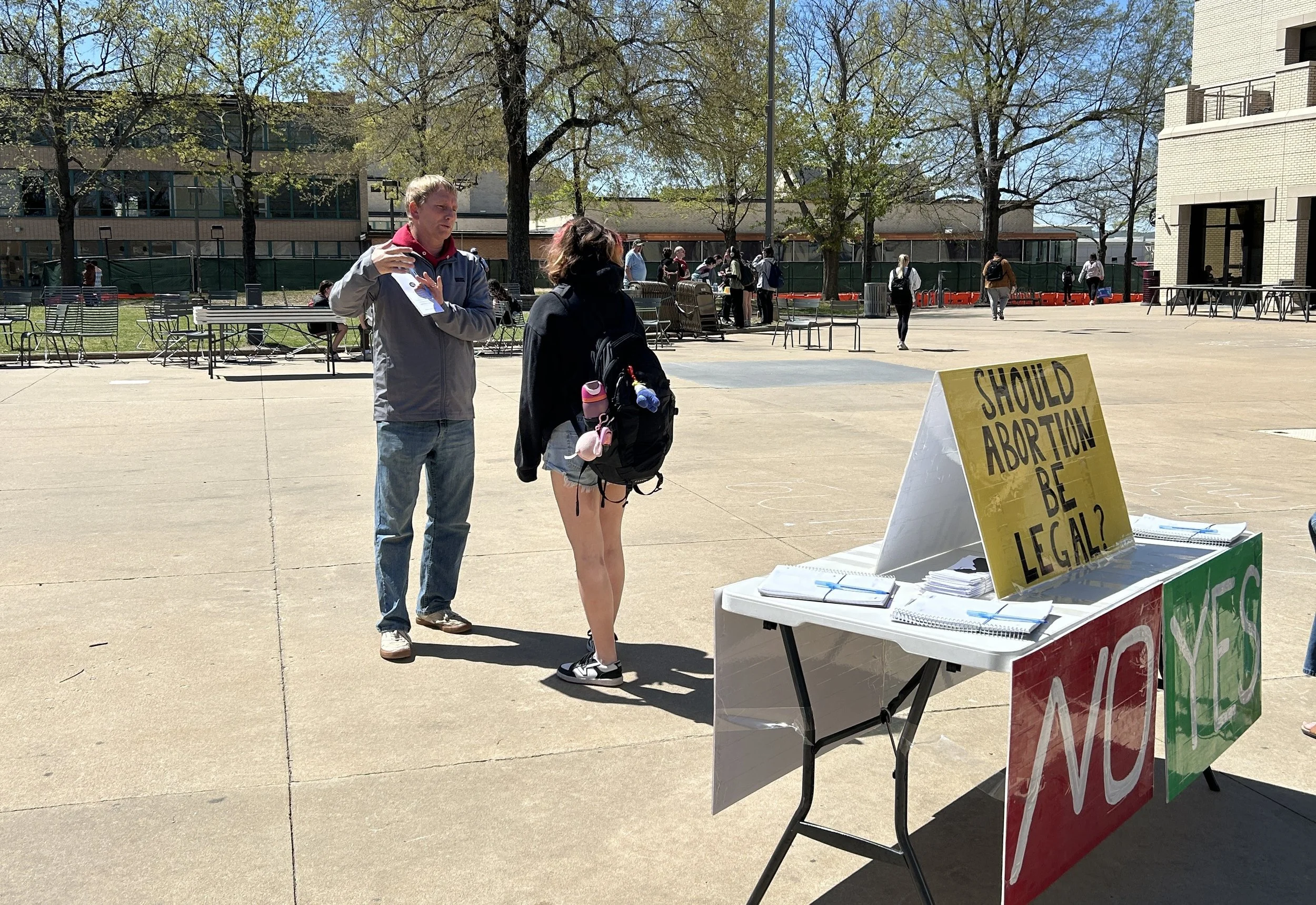
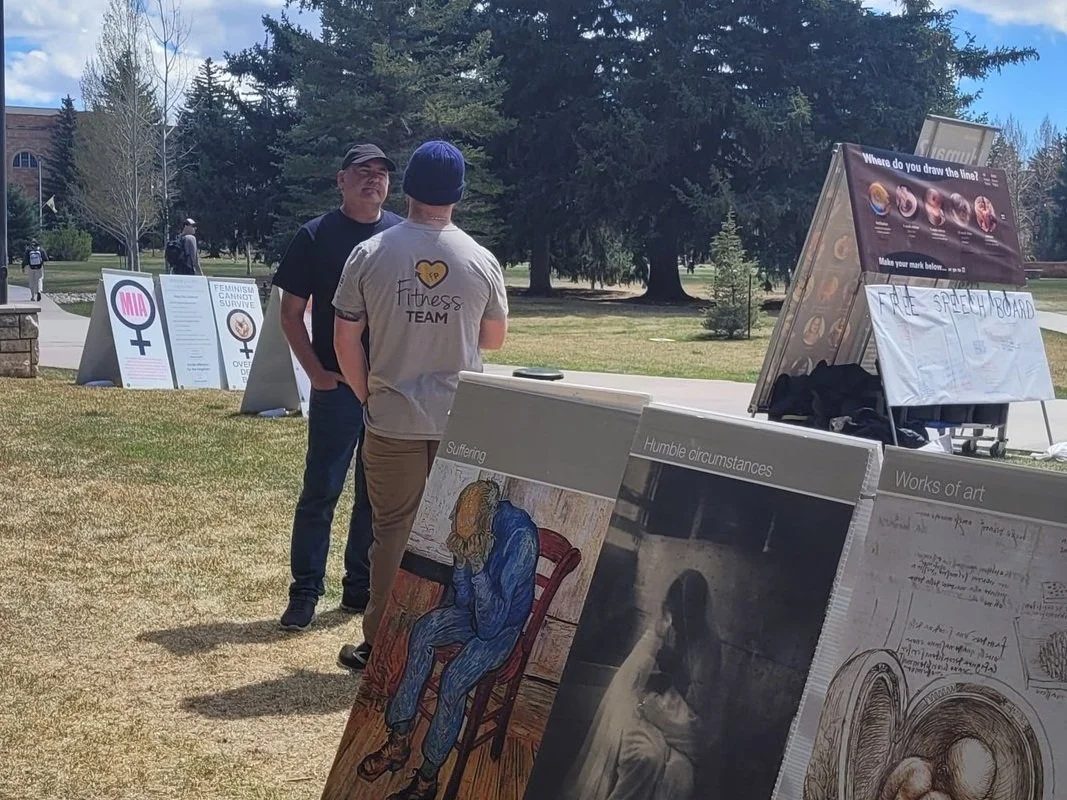

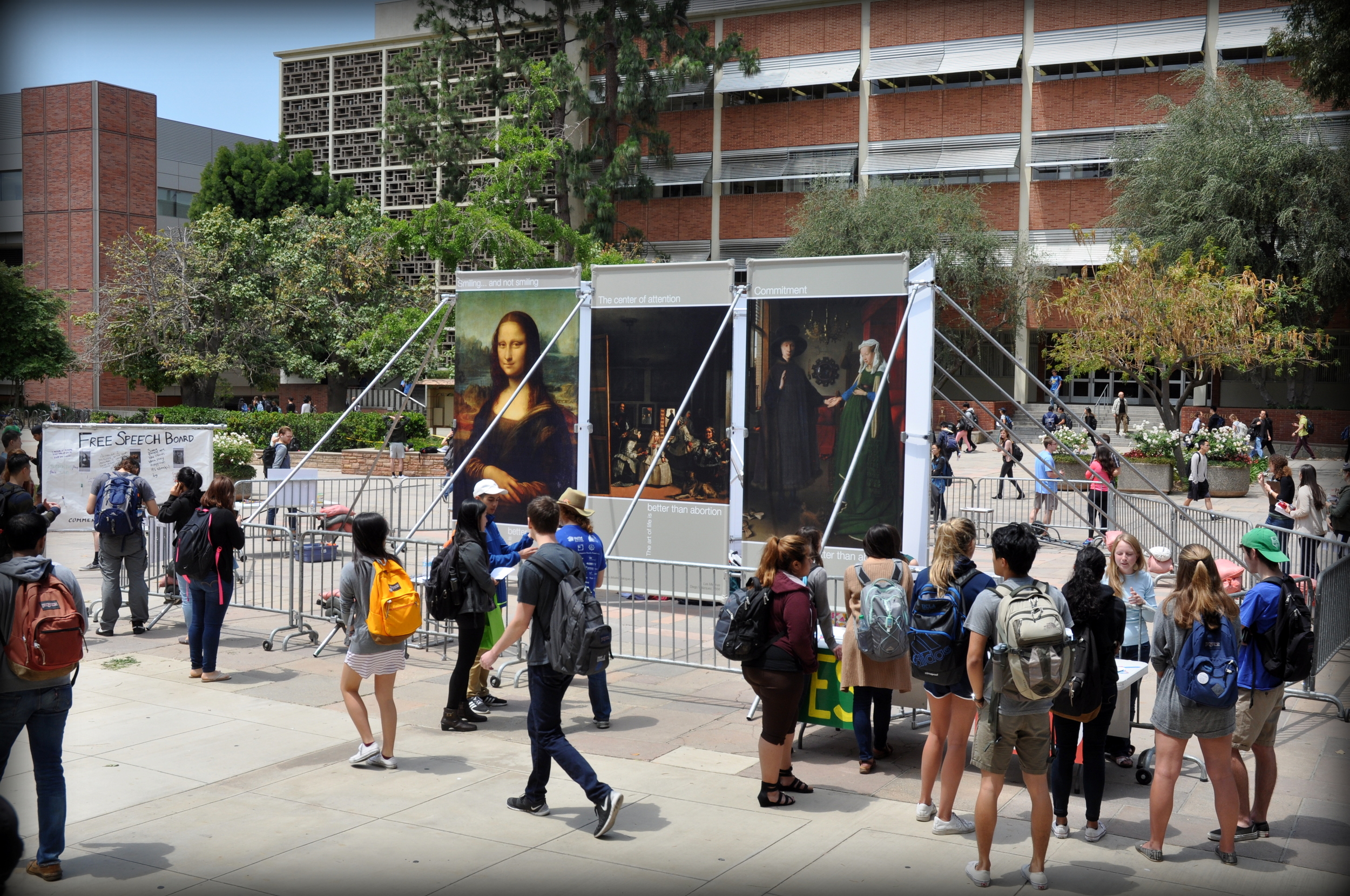
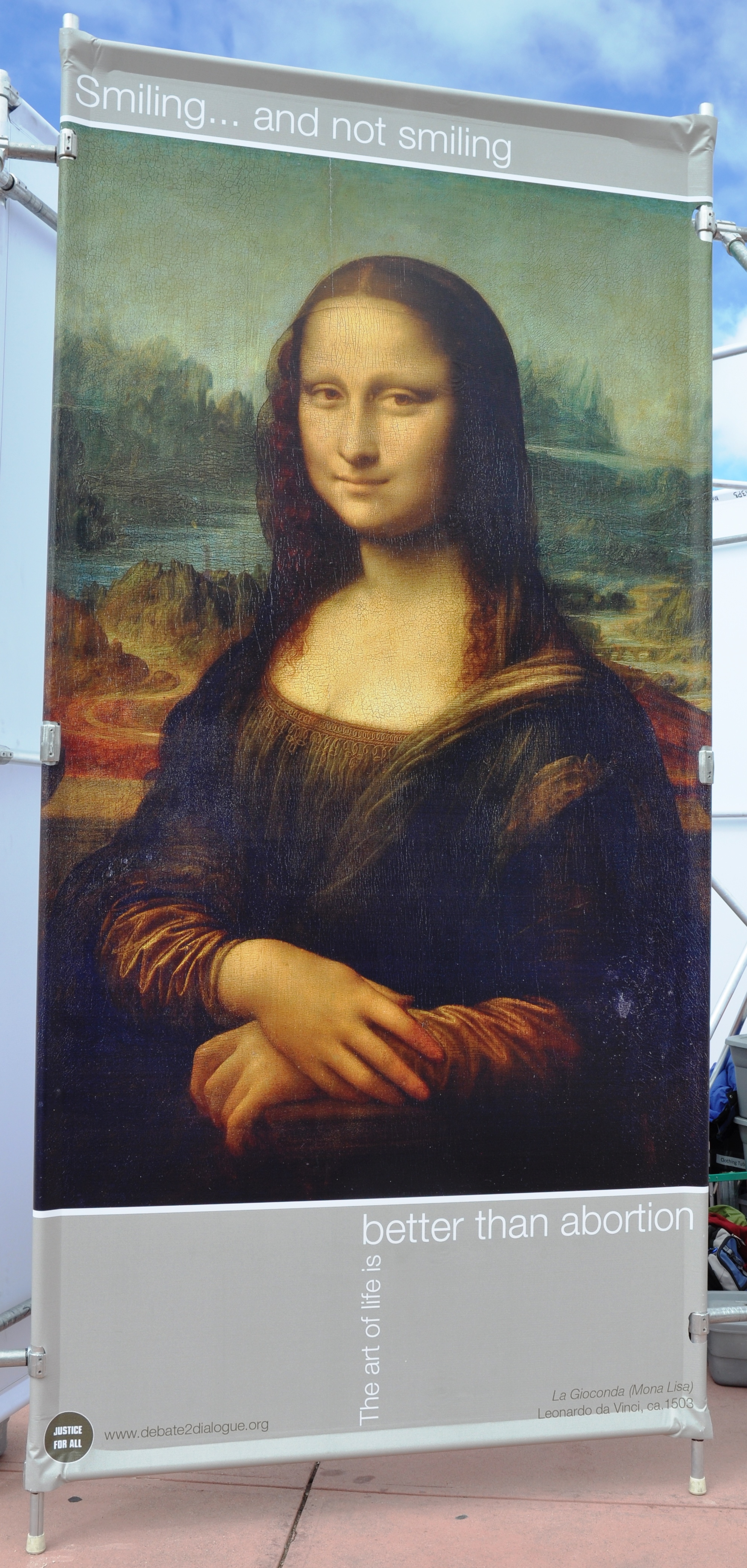

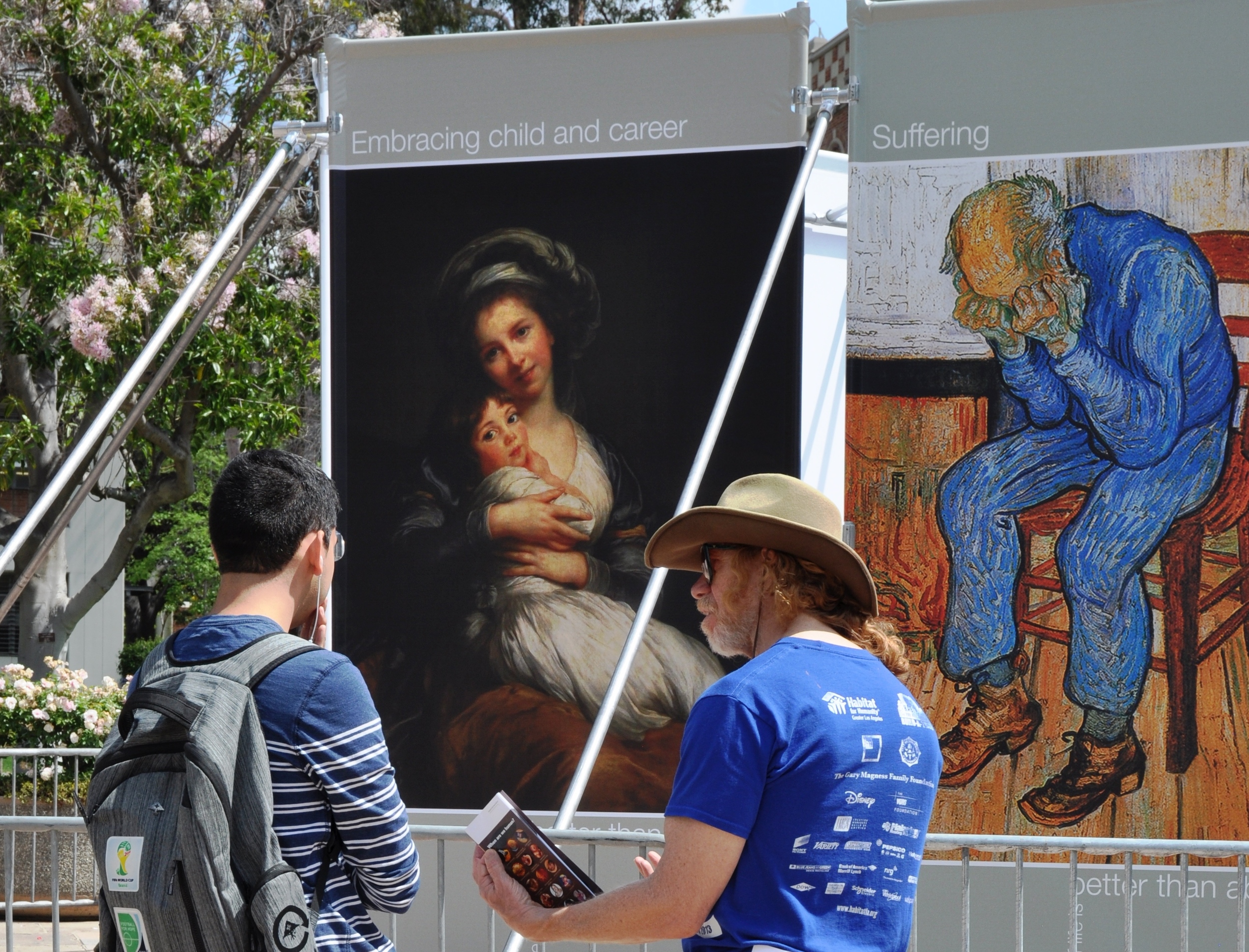
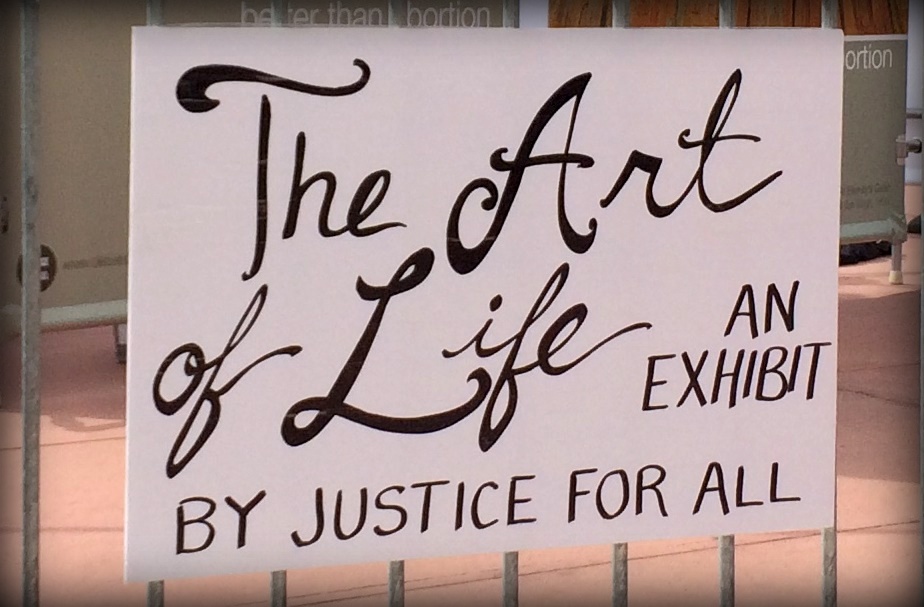
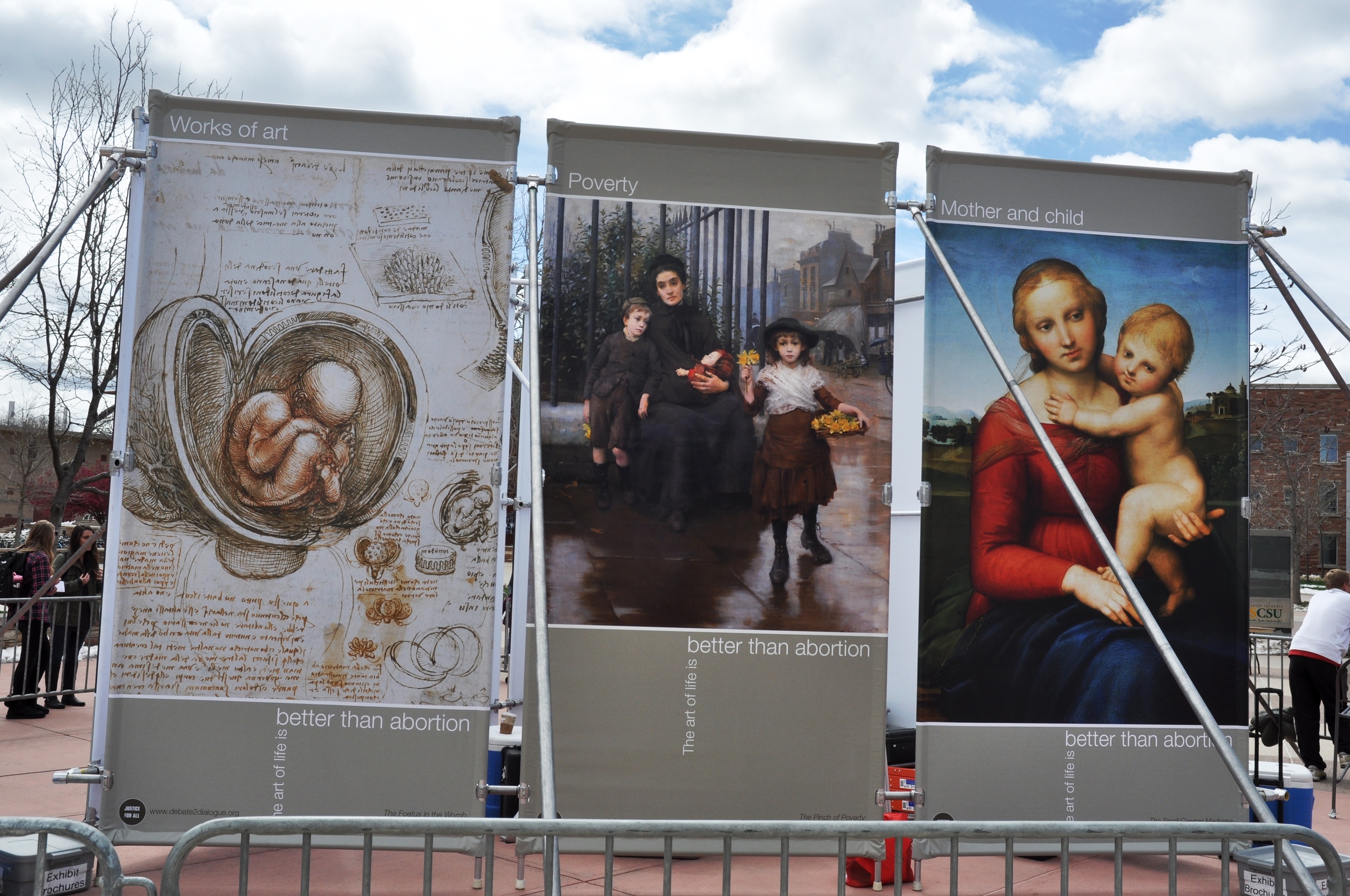
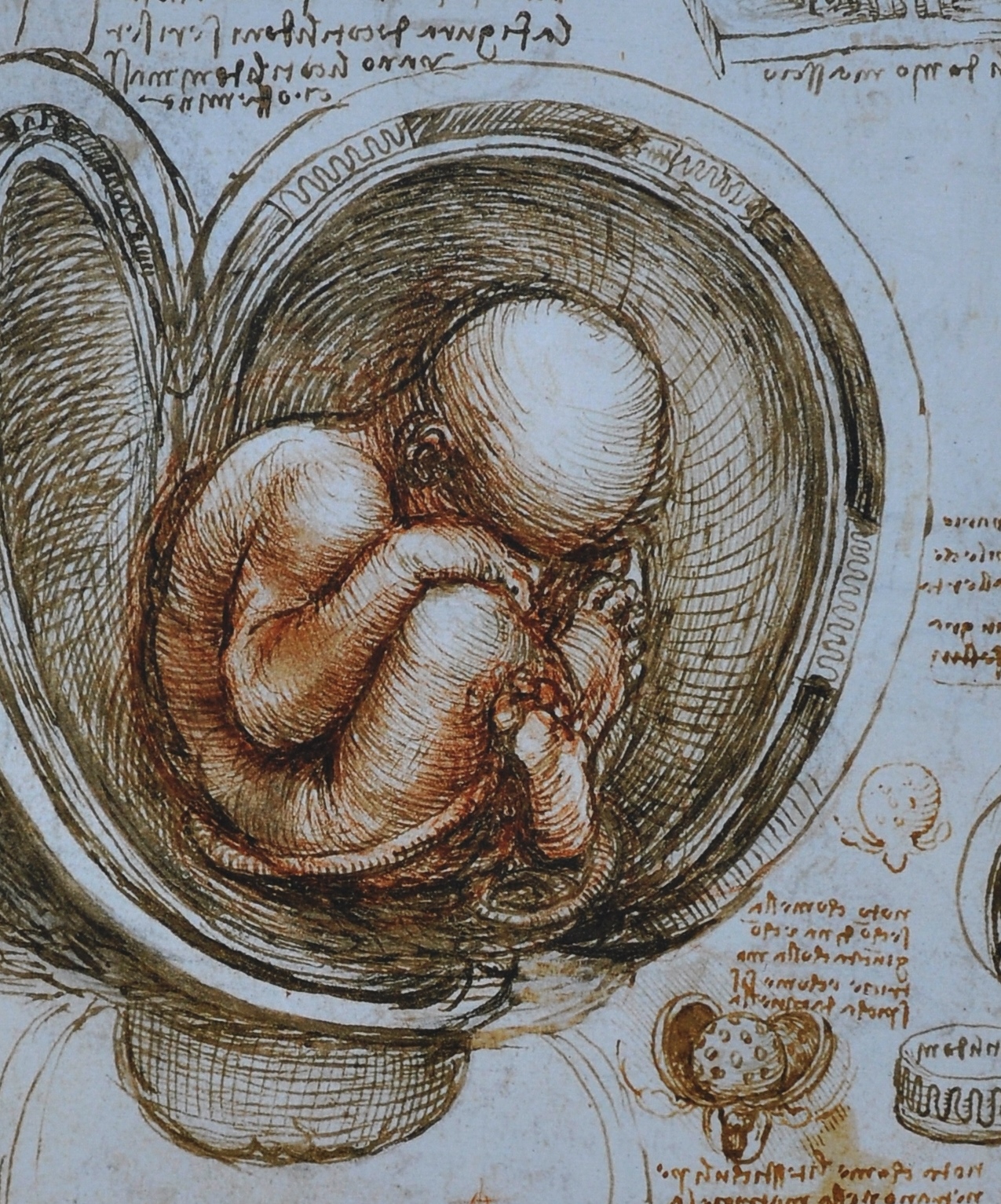
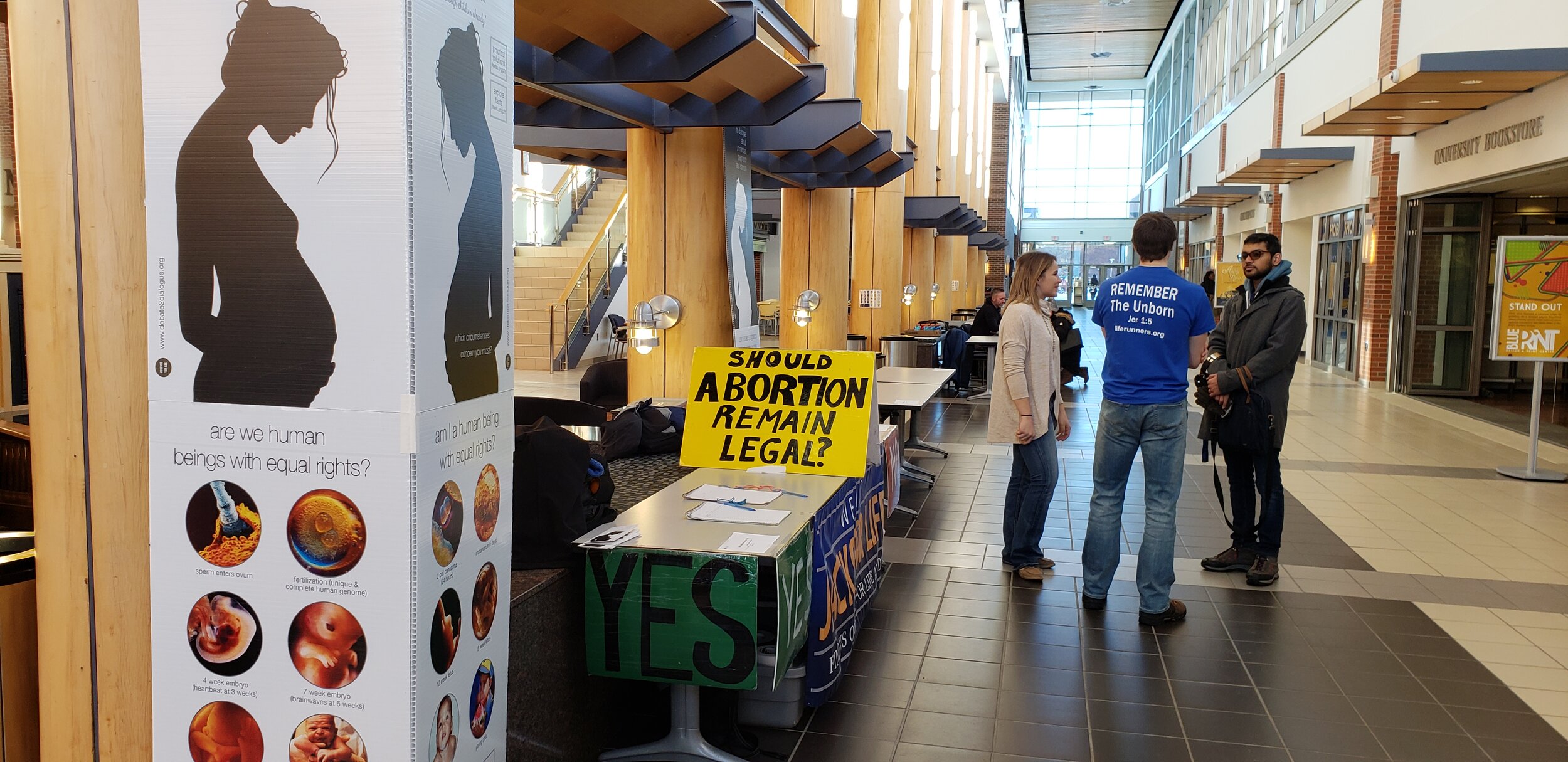
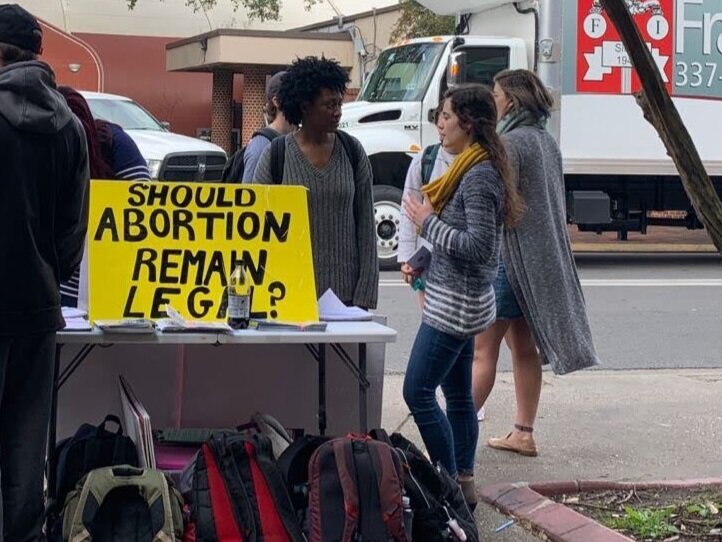

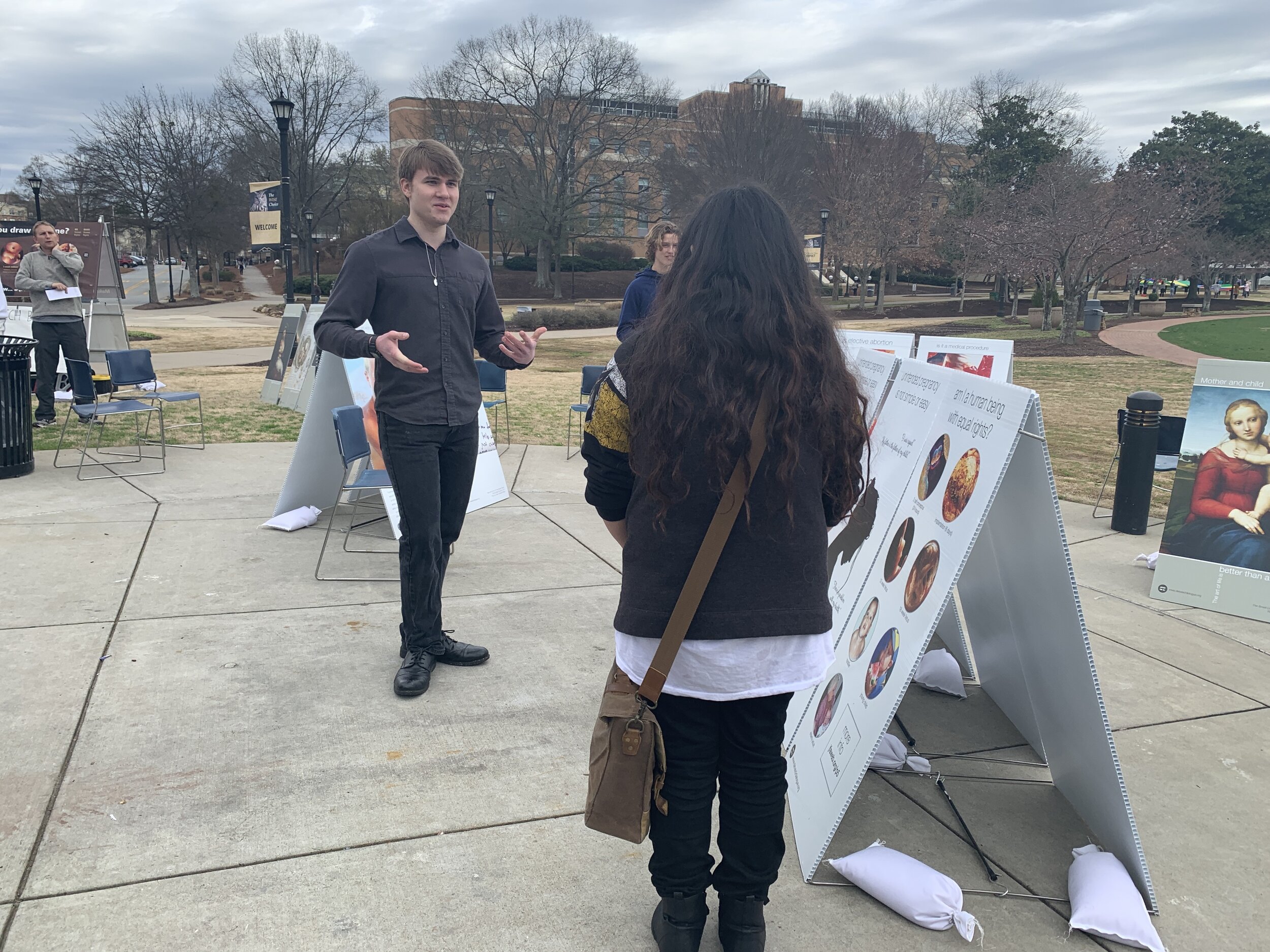
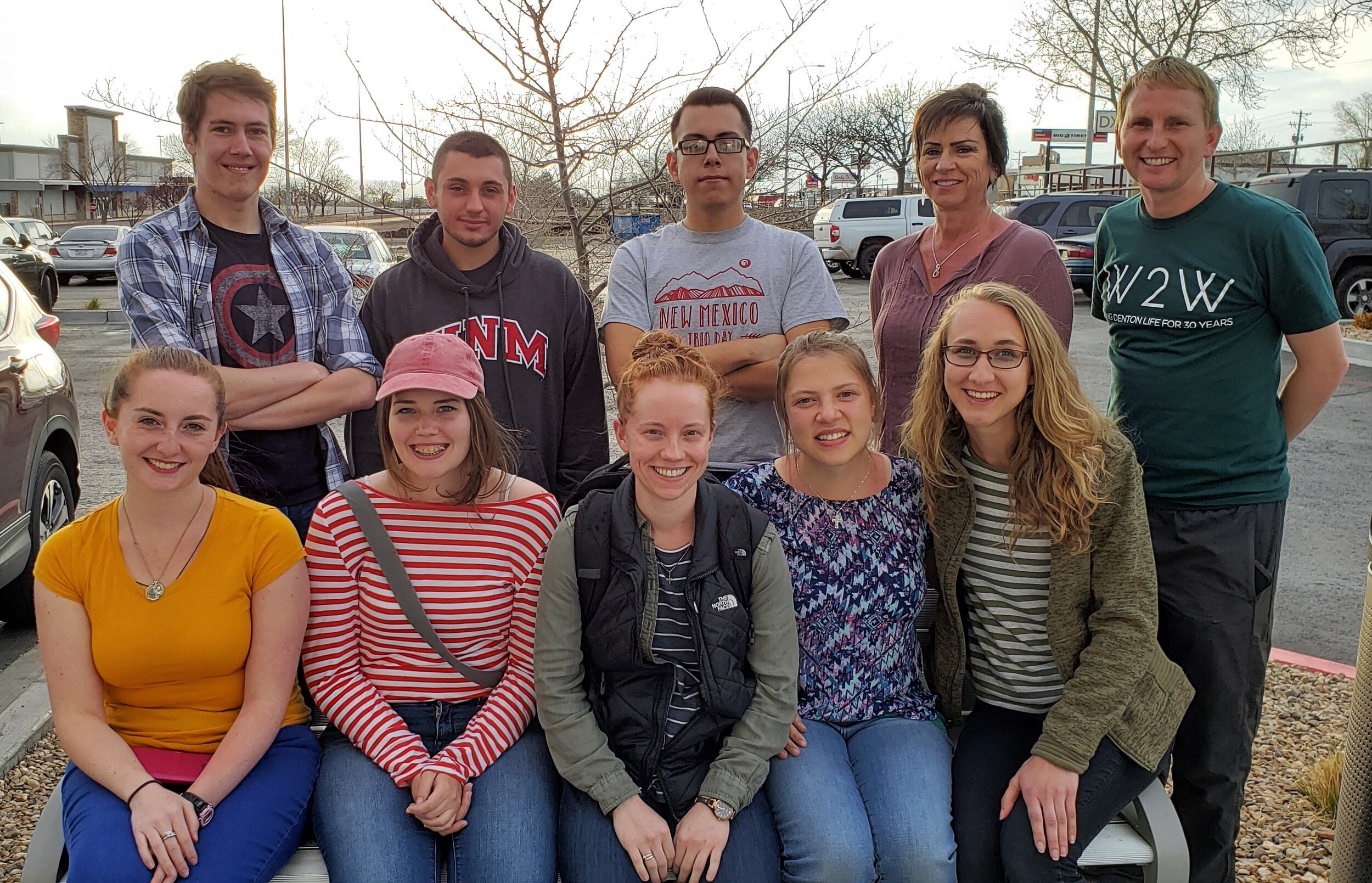
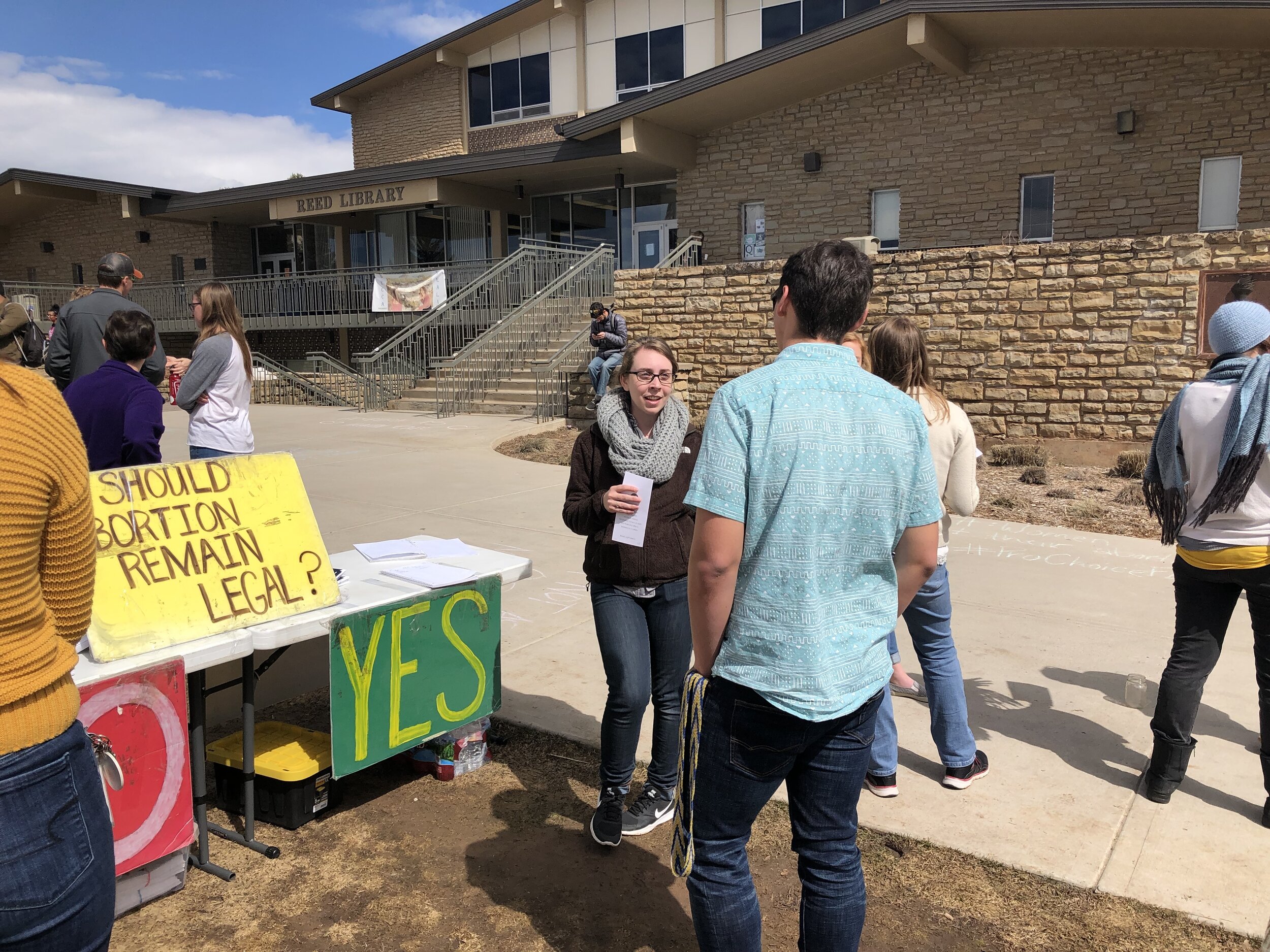
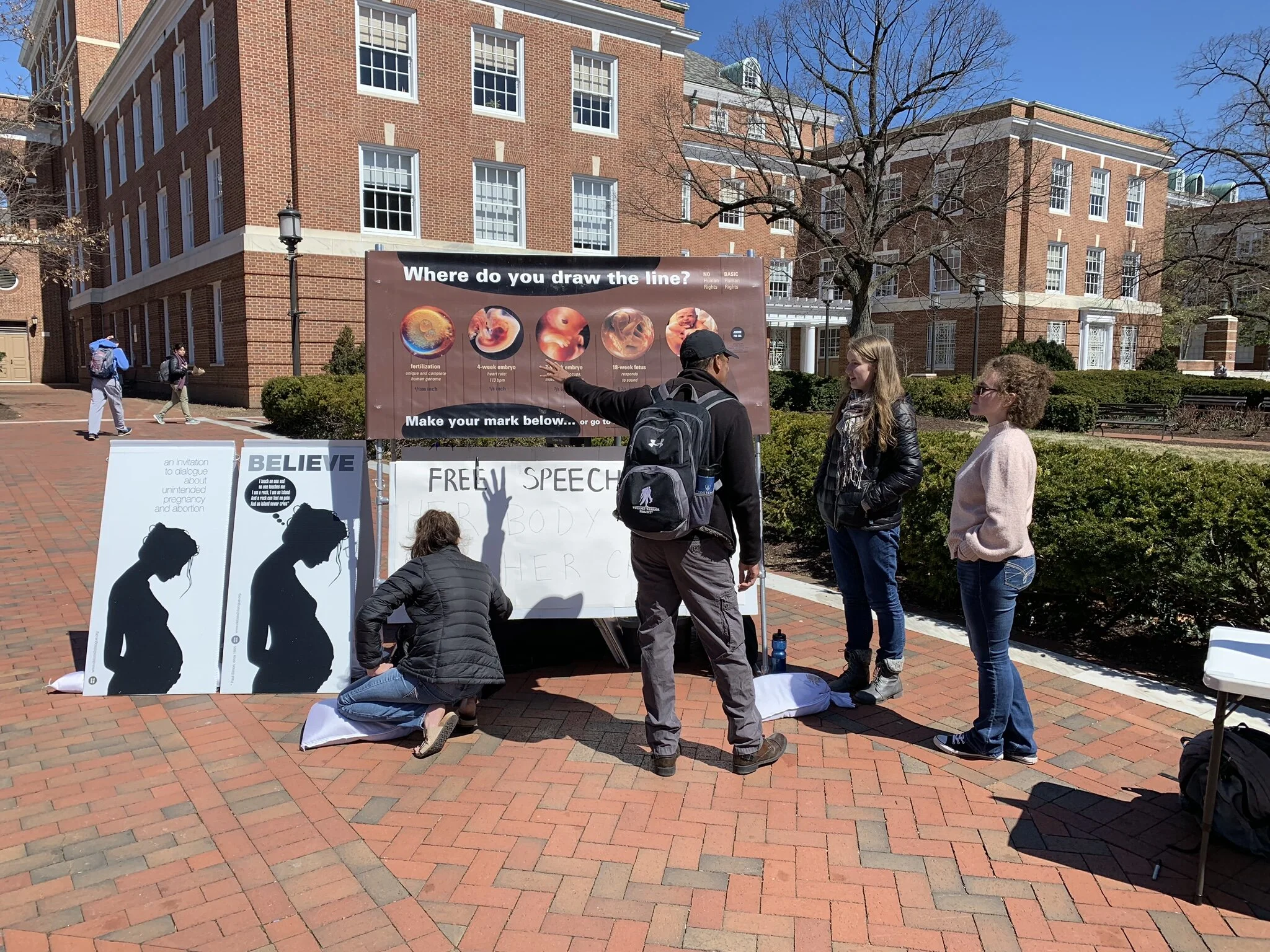
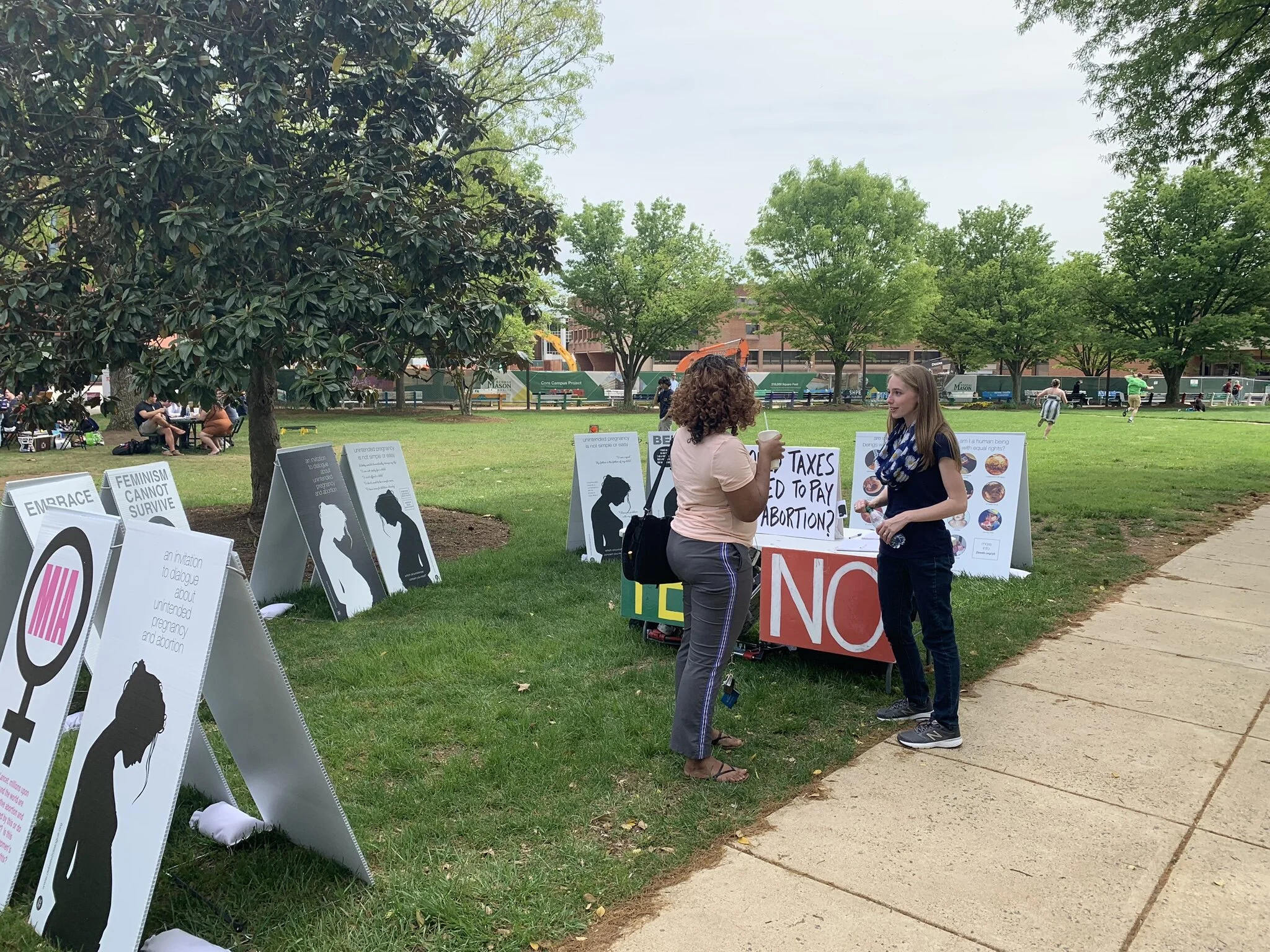
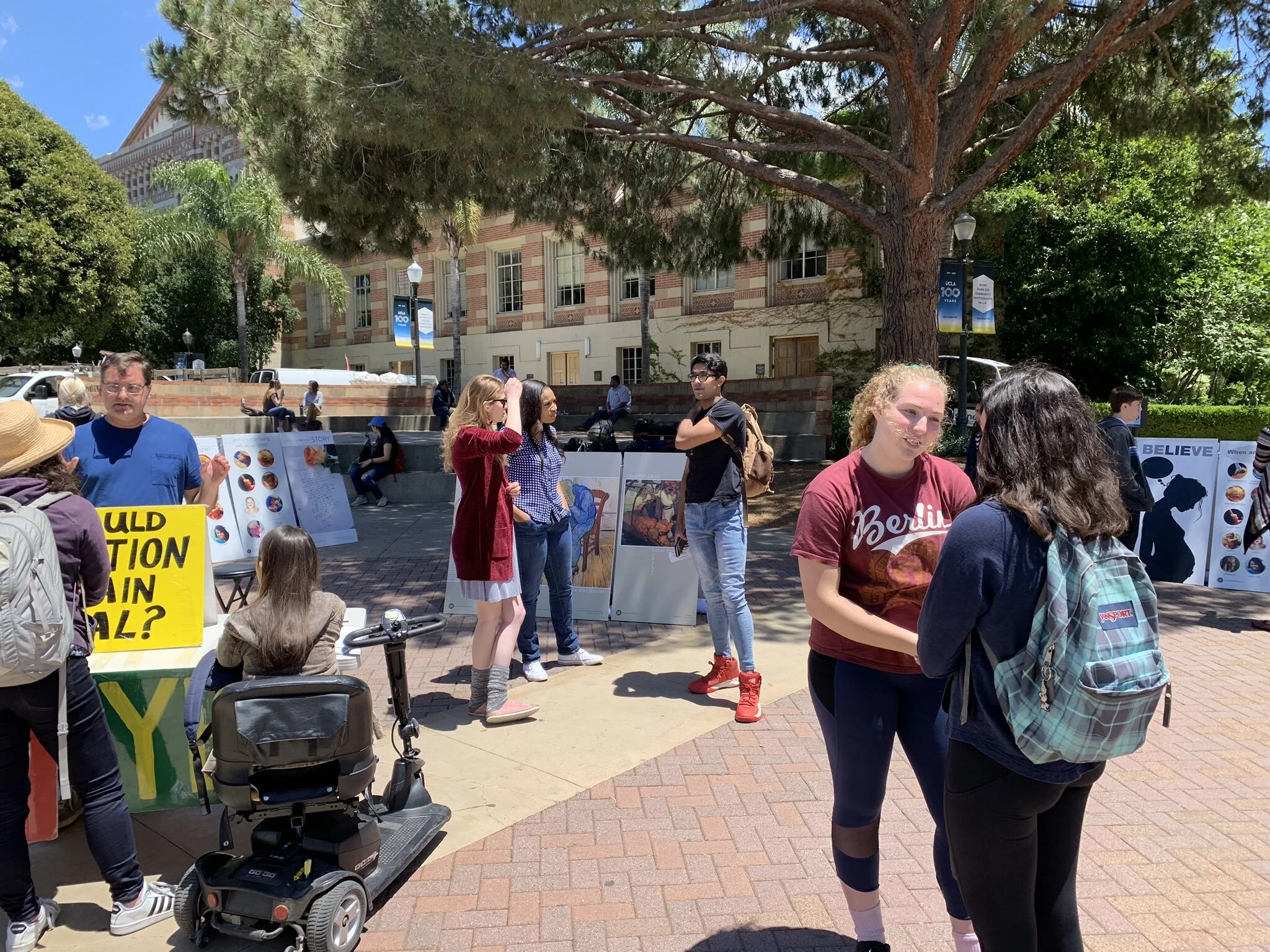
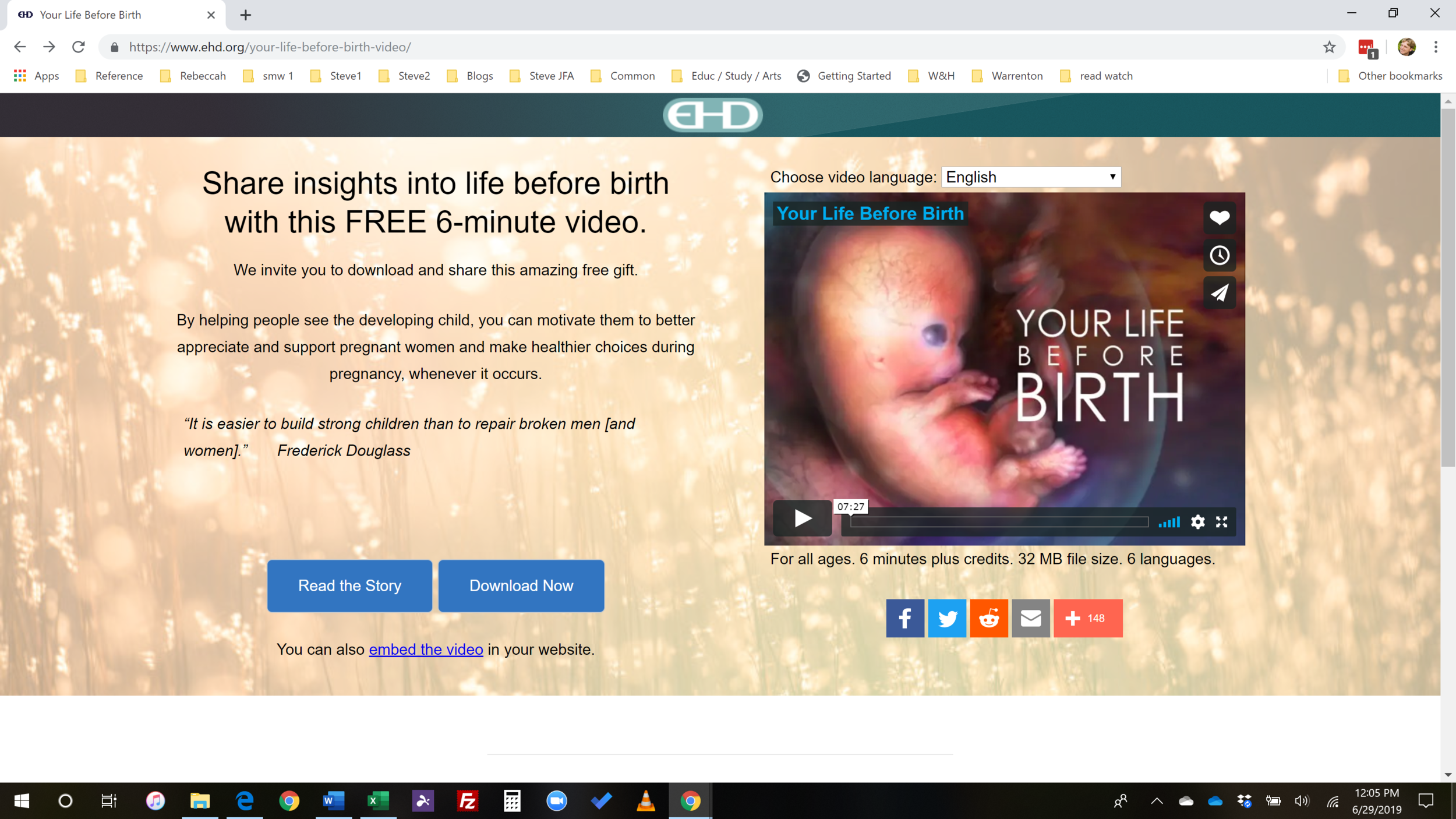




Paul Kulas (center) traveled to South Dakota in the dead of winter (!). He reported an outdoor temperature of 3 degrees the afternoon of the workshop he led. Good thing the SDSU students reserved indoor space for the outreach event!